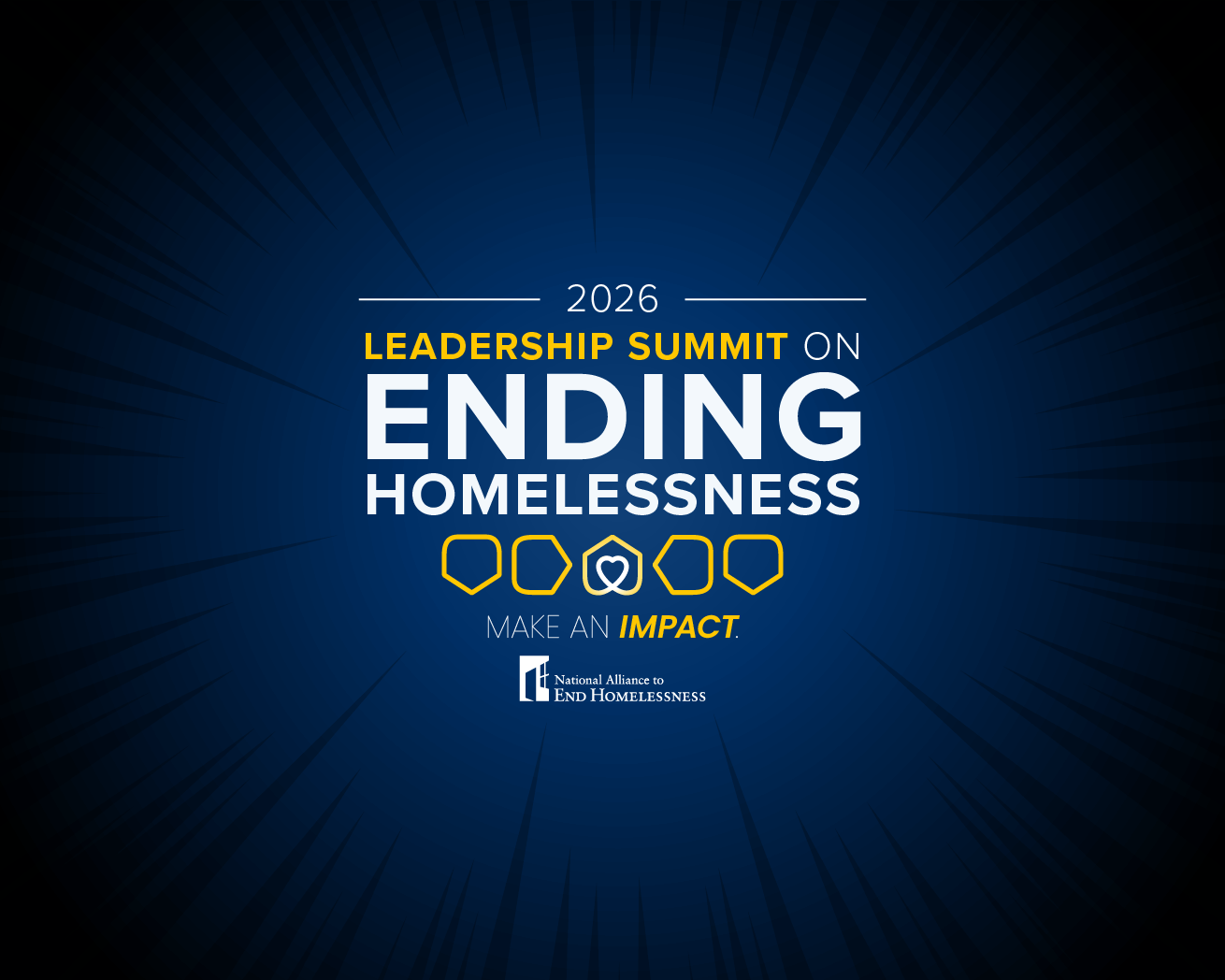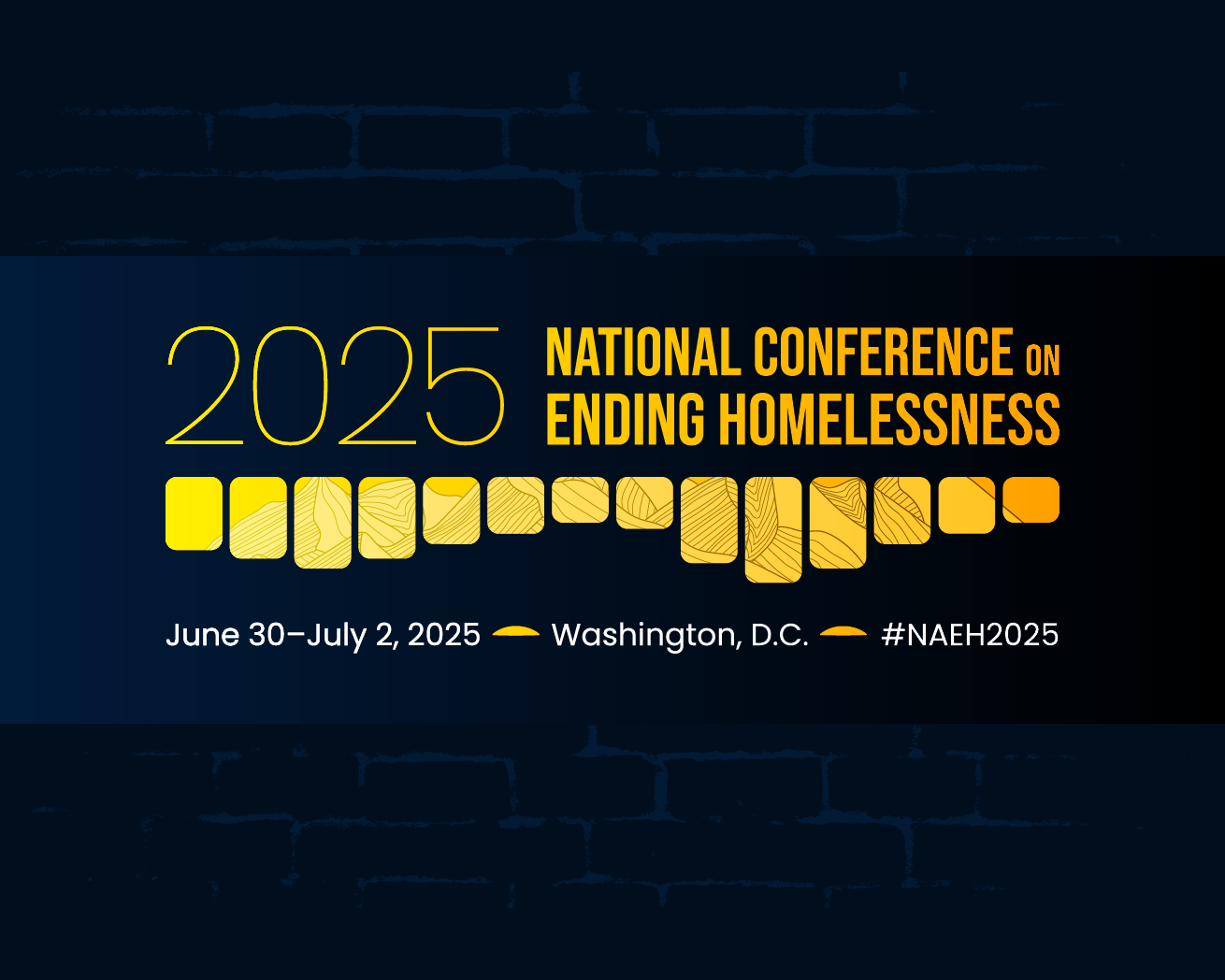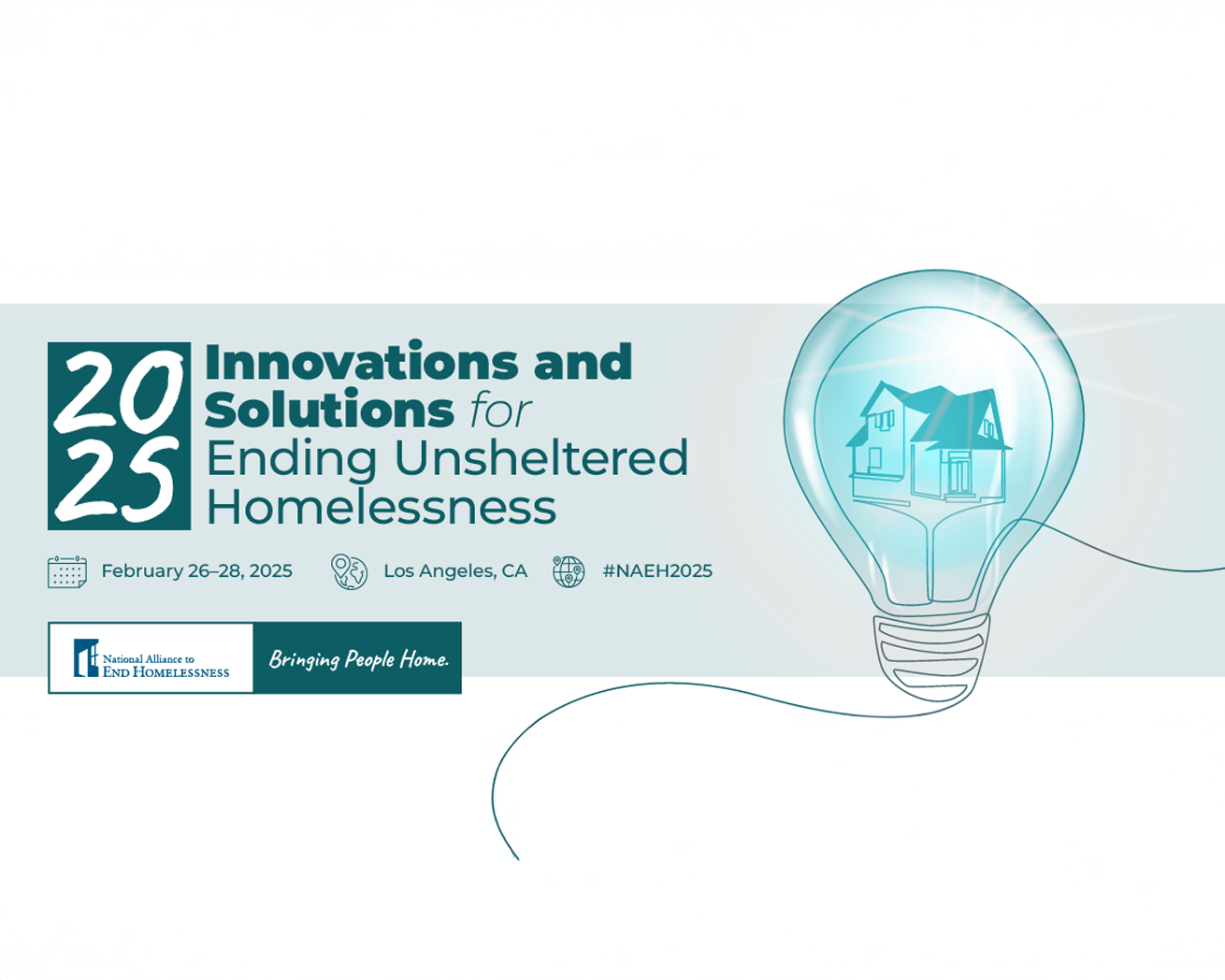What does it mean to attend an Alliance conference?
What to Expect
Alliance conferences bring together policymakers, practitioners, philanthropy, and advocates for sessions that address key issues in the effort to prevent and end homelessness.
Conference attendees have the opportunity to attend roundtable discussions, plenaries, and workshops focused on best practices and solutions for ending homelessness. In addition to regular workshops, conferences offer a variety of session formats to provide attendees exciting new ways to learn, engage, and foster connections. Together, we explore innovative strategies and collaborative efforts to ensure that everyone has a place to call home.
I would like to speak at an Alliance conference.
For the upcoming 2026 Leadership Summit on Ending Homelessness, we welcome speaker nominations of leaders whose stories, strategies, or lived experiences can help us meet this moment with clarity, courage, and collaboration. You may submit a nomination via the Call for Speaker Nominations form through December 12, 2025.
Event Terms and Conditions
The National Alliance to End Homelessness (the Alliance) strives to create a diverse, inclusive, accepting and safe space for everyone.
Stay Updated: Solutions, Stories, and Ways to Make an Impact
Sign up to receive updates on the Alliance’s work, including the latest research, advocacy efforts, and real stories of progress — plus ways you can help drive lasting change.













